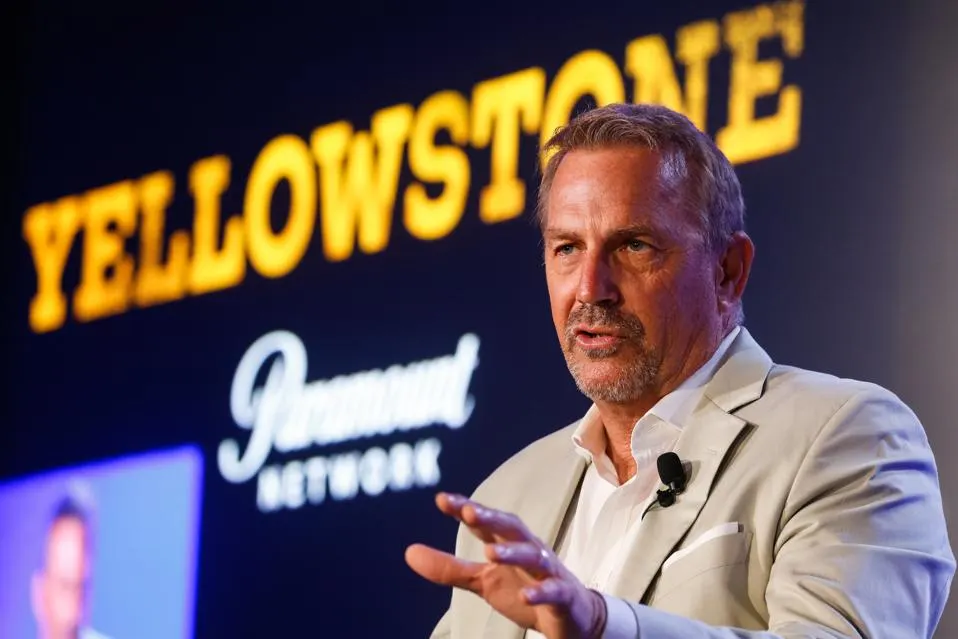Adapting to Climate Change: The Economic and Structural Shifts Companies and Housing Must Embrace

The world of finance is waking up to the actual economic consequences of accelerating climate change. Two recent studies by the World Economic Forum highlighted risks to companies that don't prepare for climate hazards, most particularly extreme heat and other climate-related disasters. These reports state that each year, by 2035, the rising frequency and increasing intensity of such events are likely to erase as much as 7% of the company's earnings. That works out to an economic devastation similar to what was registered globally in the COVID-19 pandemic, hitting somewhere every two years. As from the year 2000, climate-related disasters already ravaged the global economy for over $3.6 trillion, and this is set to rise.
The utility, energy, and telecom sectors are most vulnerable due to their dependence on infrastructure. Extreme heat and weather events are expected to result in annual fixed asset losses between $560 billion and $610 billion for publicly traded companies by 2035. The most vulnerable industries will be those that rely on infrastructure that is outdated, as the planet warms and natural disasters become more frequent and intense. But for companies that act now—investing in decarbonization and adaptive strategies—the future looks bright. Green markets, which are forecast to balloon from $5 trillion this year to $14 trillion by 2030, will reward early adopters with substantial advantages as they evolve.
One of the areas that is fast evolving in response to both climate change and the growing housing crisis in the United States is the construction of factory-built apartment complexes. These modules are built in controlled, air-conditioned environments, which is a complete contrast to the traditional construction process. For example, in the Phoenix suburb of Chandler, temperatures reach 108 degrees during the summer months, while steel billionaire Barry Zekelman's housing factory is producing apartment modules from steel—a material that has several advantages over traditional construction materials. According to Zekelman, modular houses may be produced cheaper, faster, and more efficiently than building site-based houses to fill this growing demand for affordable houses while at the same time adapting to extreme heat amplified by climate change.
Secondly, modular construction tends to be more durable compared to wood. Unlike wood, it is more resistant to weather conditions such as storms and fires, which are common because of climate change. Zekelman's Arizona apartment complexes, made from steel, are also more energy-efficient, reducing heating and cooling costs—an essential feature in regions where temperatures regularly exceed 100 degrees. While there have been notable failures in the modular construction industry, such as the collapse of SoftBank-backed Katerra in 2021, the potential for success remains strong. Now, giant real estate developers like Greystar see the potential of factory-built housing to solve both shortages of housing and climate challenges.
Meanwhile, the U.S. clean energy policy future hangs in the balance as the discussion of what could happen with a second Trump administration looms. According to David Brown, director of Wood Mackenzie's energy transition team, the reversal of federal clean energy programs such as the Inflation Reduction Act (IRA) could potentially shift global power dynamics, especially with China at the center of low-carbon technologies. Brown notes that if the U.S. pulls back on clean energy initiatives, China is likely to continue expanding its low-carbon ambitions, particularly in Southeast Asia, Europe, and Africa. However, a shift toward more U.S.-based manufacturing in sectors like nuclear and geothermal energy could help balance out China's influence.
The long-term prospects for clean energy investment depend on the balance of political will and economic incentives. Even in the event of a reduction in IRA support, Brown believes that states—especially those that traditionally lean toward conservative policies—will benefit from the economic opportunities tied to low-carbon energy initiatives. As the world moves toward more sustainable energy systems, the demand for power will only grow, and the U.S. will have to address this urgent need to ensure its energy future is secure. This could lead to a push for more investment in renewables and nuclear energy, signaling a shift away from coal and natural gas.
The changing landscape of business and housing in response to climate change presents both challenges and opportunities. Companies must adapt to new risks brought on by extreme weather, while also seizing the chance to lead in the emerging green economy. Simultaneously, the push for more resilient, efficient housing solutions can help address both the housing crisis and climate-related vulnerabilities. This makes innovation and adaptation the greatest necessity ever for governments and businesses navigating these shifts. From efforts at decarbonization, factory-built homes, or clean energy investment, it will all depend on how quickly and effectively industries can respond to the realities of a changing climate.



